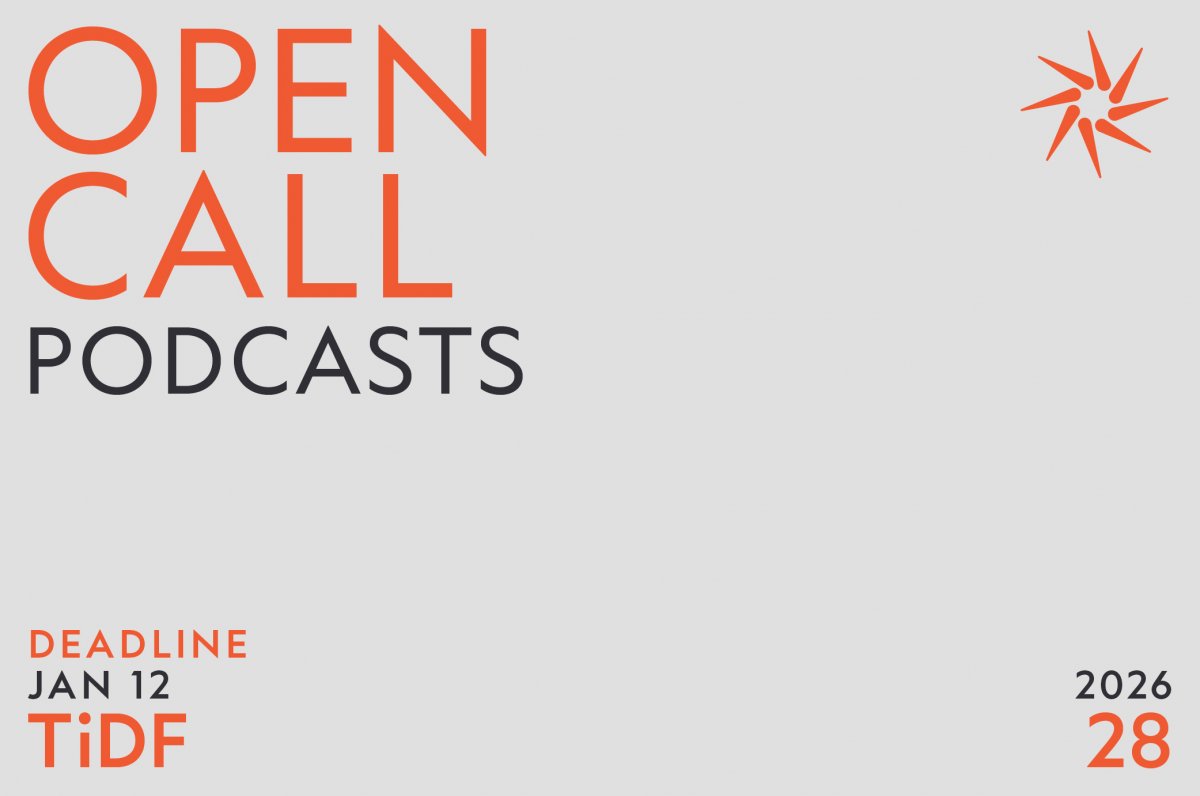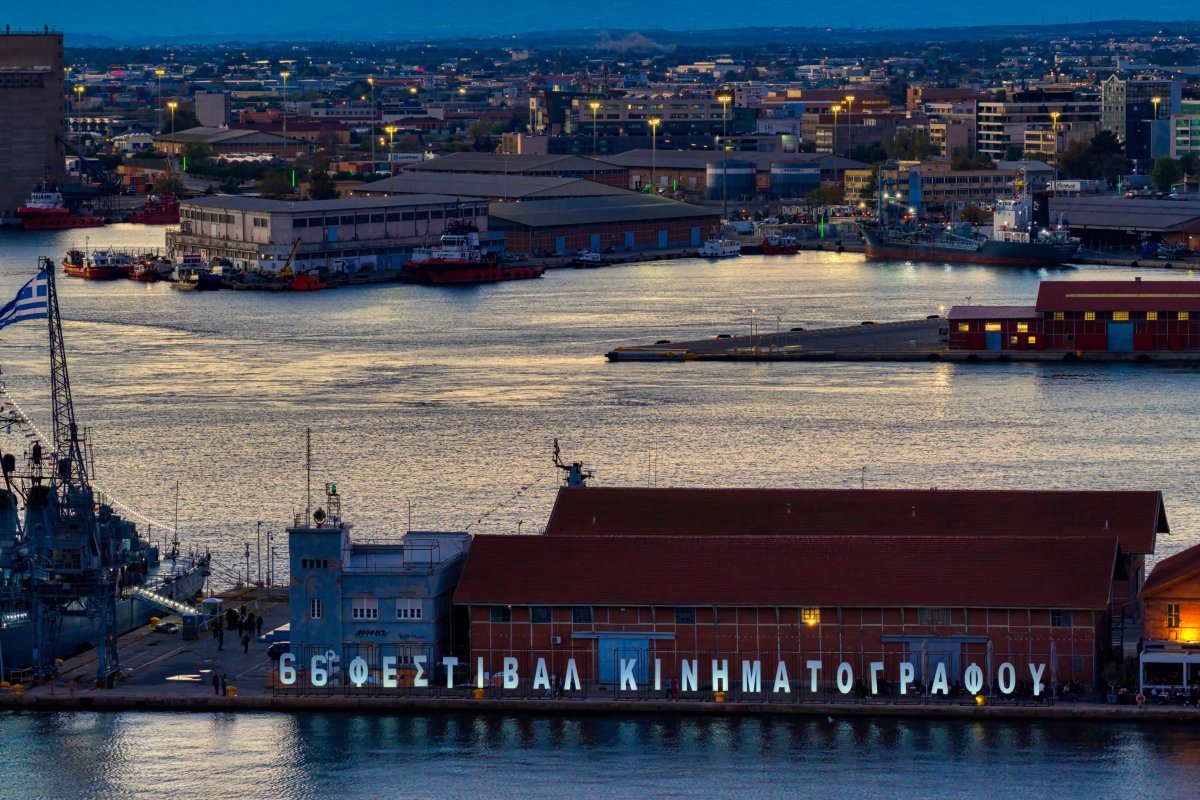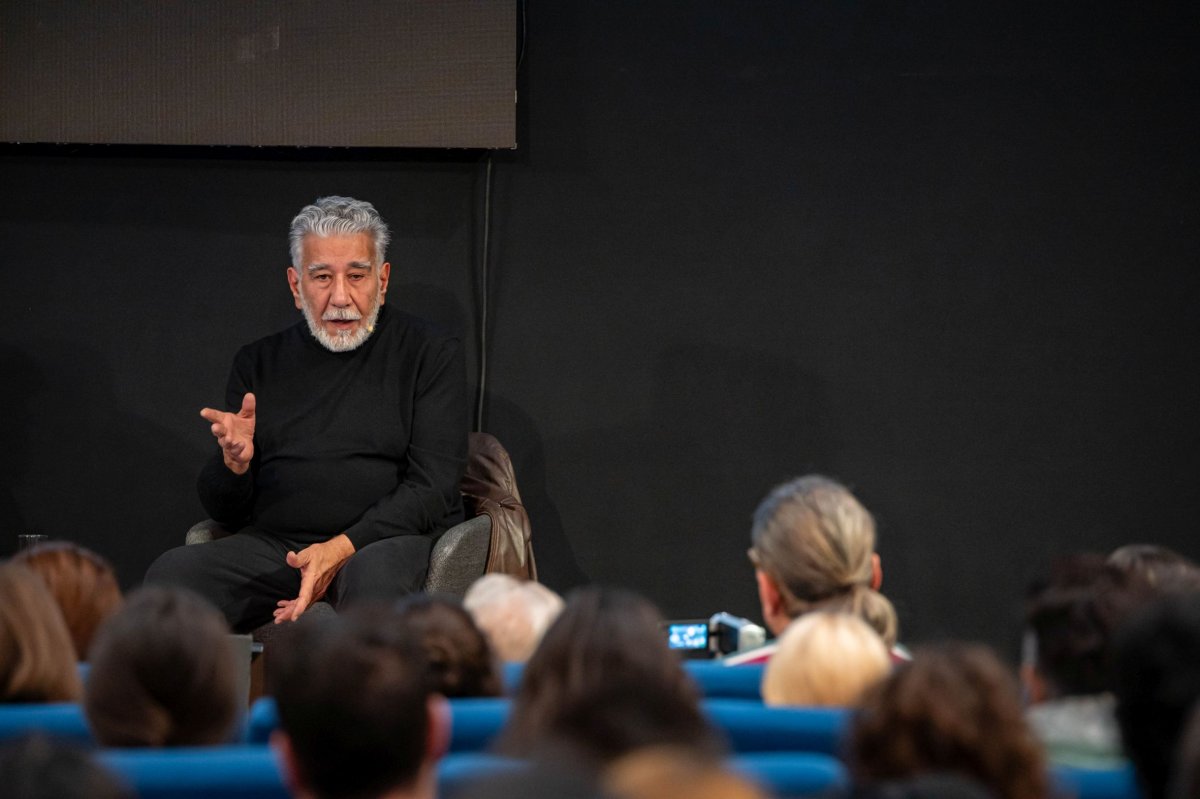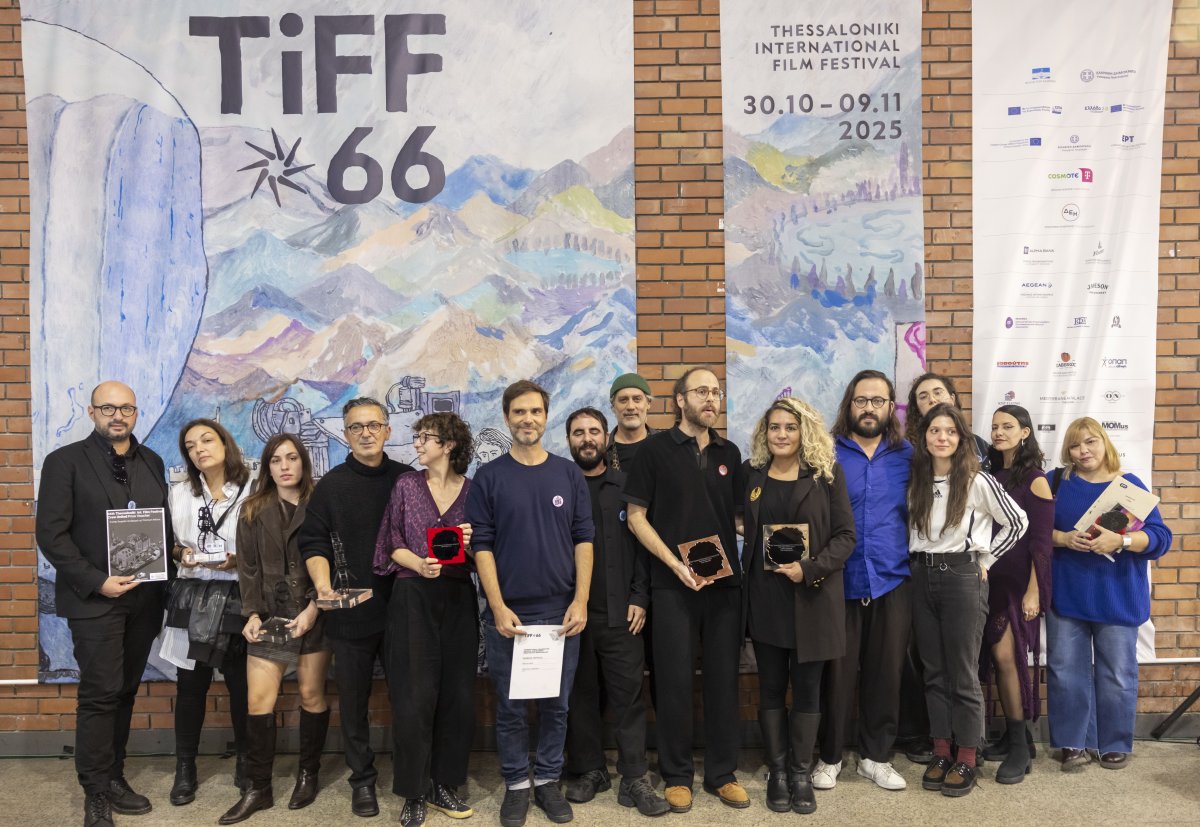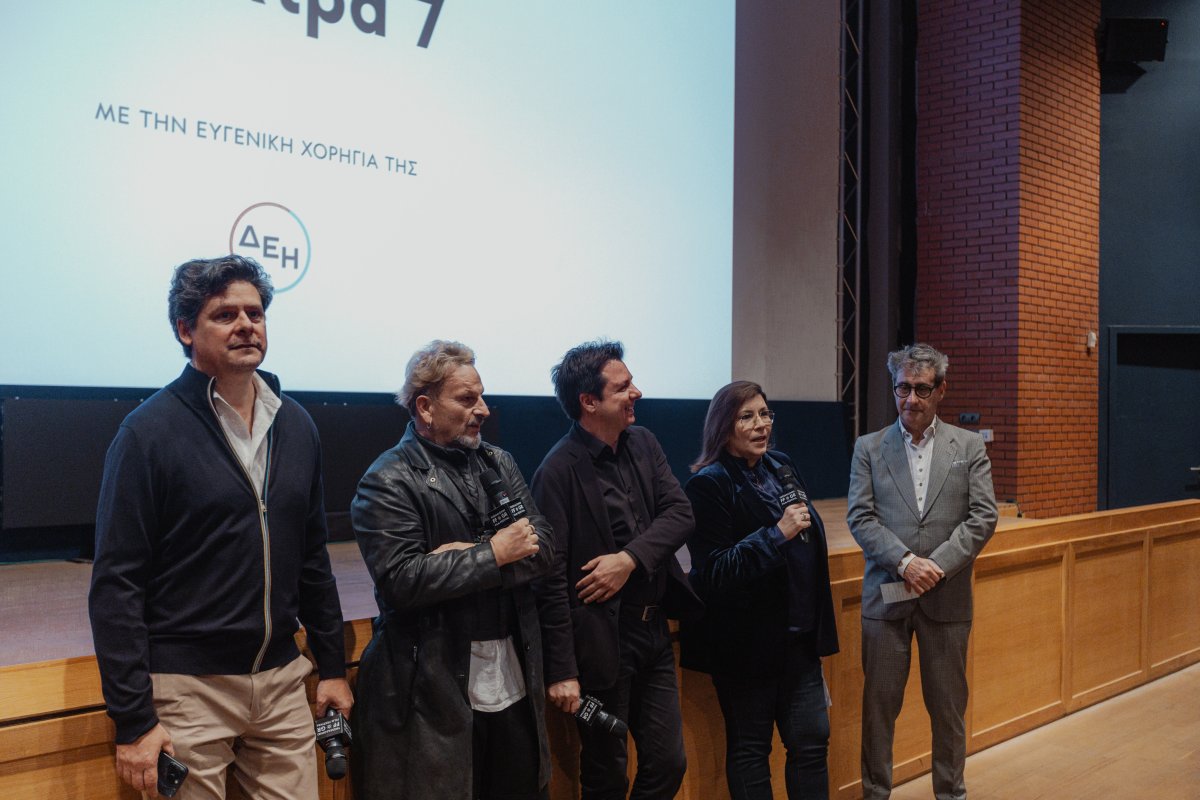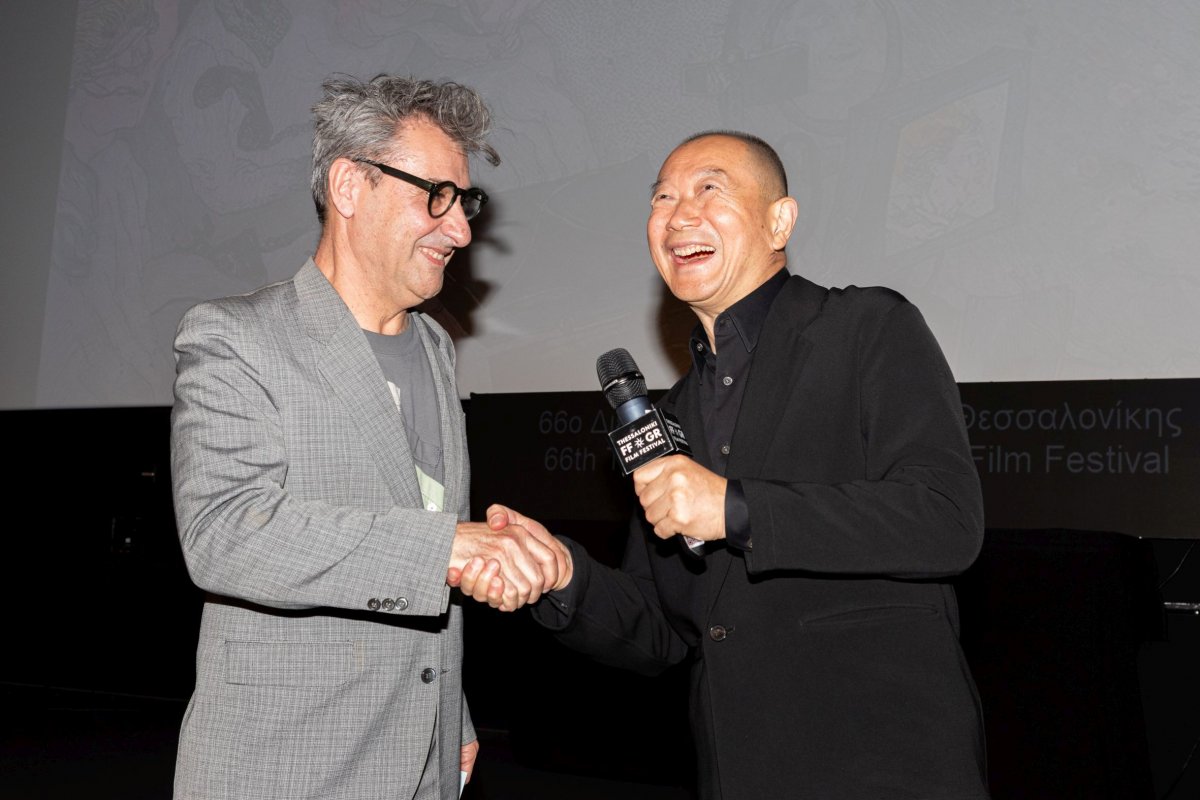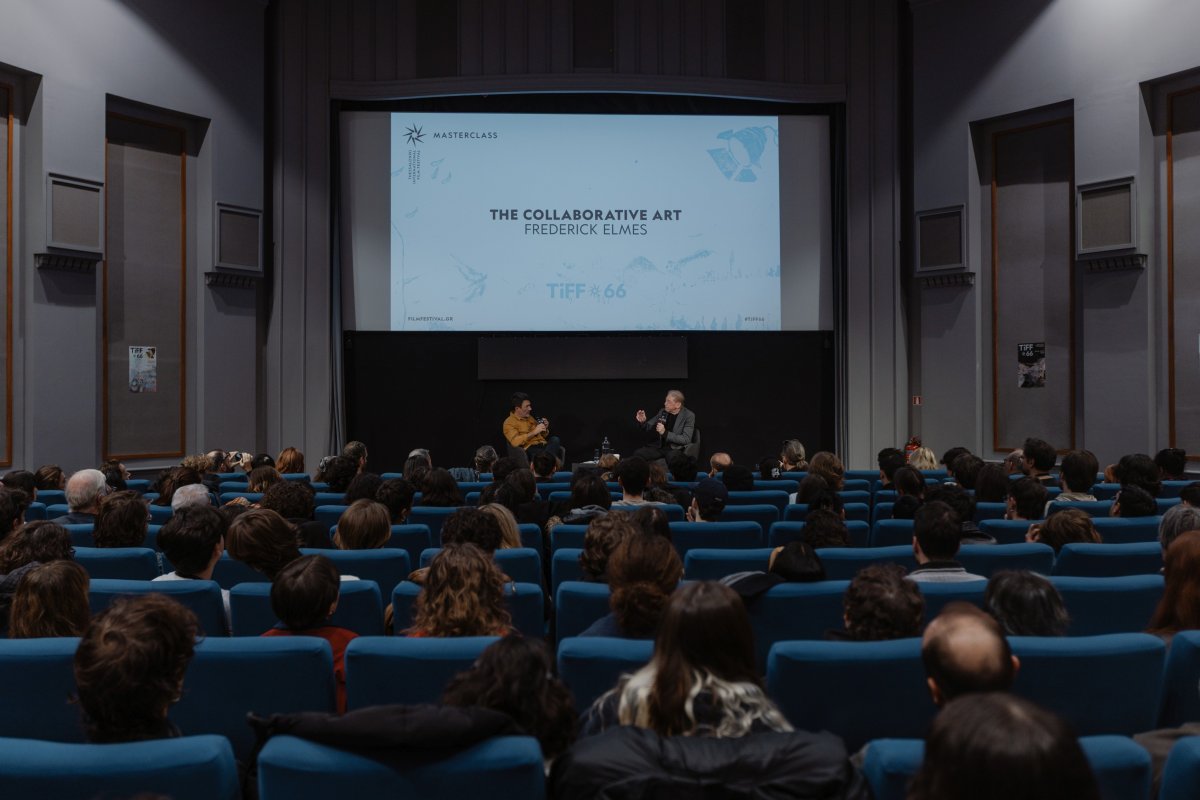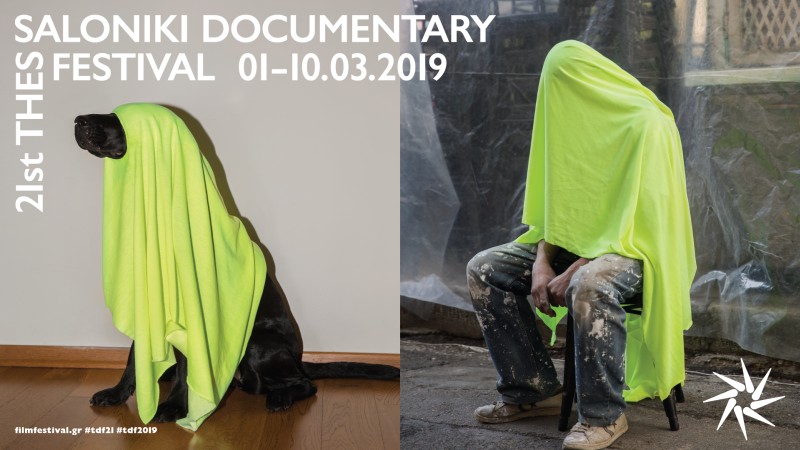PRESS CONFERENCE
Menios Ditsas, Theo Kalesis, Pavlos Tsiandos
On Tuesday, 5 April 2005, the creators Menios Ditsas, (“Unplanned”), Theo Kalesis, (“The Wall of Death”) and Pavlos Tsiandos (“Cho Oyu”) gave a press conference on their films which are being screened within the framework of the 7th Thessaloniki Documentary Festival – Images of the 21st Century.
Menios Ditsas: Unplanned
The film is about the gypsy community and informs us about their descent, their history and their everyday problems living within Greece. Their particular social characteristics, their nomadic view of life, work, education, their values and customs, their musical dexterity, weddings and celebrations form the thematic skeleton of this film. Speaking about his film, Menios Ditsas characteristically said: “I like gypsies as people and I decided to focus on them. To be able to communicate with them, for them to trust you, to open their homes to you is difficult, but once you have managed to get them to trust you it’s very moving, what hospitable people they are. They are what we call solid people.”
Mr. Ditsas said filming the documentary, which was done in the traditional manner, was difficult, time consuming but extremely interesting, while he said he was taken with the heritage, cultural identity and way of life of the gypsies. “The language of the gypsies is oral. They do not have writing. Their basic language has been preserved for more than ten centuries and is common throughout the world, while it is embellished with various elements according to the country they live in. They don’t have banners, flags or symbols. They are a free race. They don’t have property assets. Their entire fortune is whatever gold they carry on them. They are nomads in their outlook, and they never changer” he declared.
Theo Kalesis : The Wall of Death
The film of Thessalonian director Theo Kalesis offers us the spectacle of another age. Motorcyclists whirl around the inside wall of a gigantic cylinder, performing dangerous acts. Wandering like nomads from place to place, they offer spectacle to simple country folk. They are the last romantic Greek Riders of Death, who in the time of the rule of the digital camera offer live spectacle. “To me, the Wall of Death was a childhood memory. I didn’t know it was still happening, until I found myself at a country fair by accident and discovered that there are still some people who continue to do this, and they are the Verouti team. So, with a romantic view, I tried to capture a piece of Greek and Mediterranean culture: the people who risk their lives in the Wall of Death, the small peddlers, the values and traditions that flourish at a country fair. My aim is to arouse a sweet memory in the viewer, a childhood memory, that of the Greek country fair”, the director characteristically said.
Pavlos Tsiandos: Cho Oyu
In September 2003, the director Pavlos Tsiandos follows a team of mountain climbers with his camera. They are travelling to the Himalayas, with the aim of climbing the 6th tallest mountain in the world, Cho Oyu, with an elevation of 8,201 meters. The nine members of the mission camp at the foot of the mountain in Tibet. The effort to climb the mountain is crowned with success when, on the 28th of September two climbers reach the peak. “The climb to the peak of Cho Oyu was a dream that had to become a reality. And this video is the first Greek video that records the course of the climb to an elevation of more than 8,000 meters”, stresses the film’s director Pavlos Tsiandos.
Following, mountain climber Spyros Soulis, who took part in the mission took the floor and spoke about the feelings of mountain climbers who undertake a mission in which they are risking their lives. “Certainly there are dangers in such a mission. And certainly all of us leaving to climb Cho Oyu or Everest are aware that we may not be coming back. We were nine people when we began the climb to Cho Oyu. The mission’s leader died of pulmonary edema”, the mountain climber said.
The film in large part records the event and the reactions of the team which confronted death and how this then influenced the rest of their effort to climb Everest. The documentary also presents the outlying areas of Tibet and Nepal, the people of these places, the team members who lived under difficult conditions through cold and blizzards. Pavlos Tsiandos and Spyros Soulis concluded the press conference by speaking to the audience about the preparation for the mission, the two and a half months it took before the team could set out for the peak of Cho Oyu, the medical examinations they had to undergo, their getting themselves in physical shape, and the money that had to be raised.



